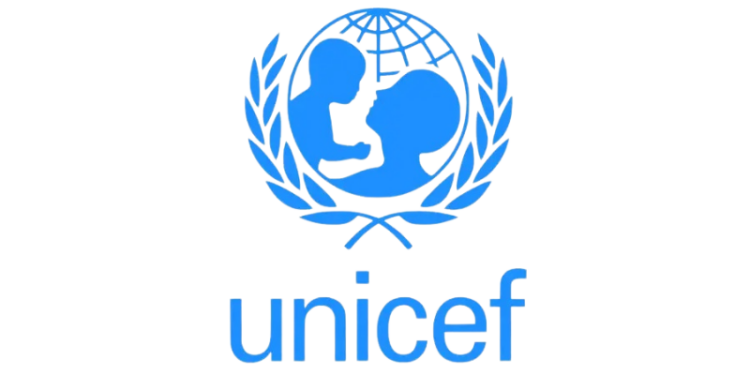UNICEF released a sobering report on Thursday, October 10th, estimating that over 370 million girls and women worldwide have experienced rape or sexual assault before the age of 18. The first global and regional estimates of childhood sexual violence reveal that approximately one in eight girls globally has been subjected to such abuse. When considering non-contact forms of sexual violence, such as online abuse, the number climbs to 650 million, or one in five girls and women.
Sub-Saharan Africa bears the heaviest burden, with over 79 million girls and women affected. This region, which has seen significant conflict and insecurity, accounts for nearly 22% of the global total. UNICEF Executive Director Catherine Russell emphasized the severity of this crisis, calling sexual violence against children a “stain on our moral conscience.” Many victims are assaulted by people they know and trust, often in places where they should feel safe, such as schools or homes.
The report highlights the devastating consequences for survivors, who frequently carry the trauma into adulthood. They are at increased risk of mental health challenges, substance abuse, and difficulty in forming healthy relationships. Studies indicate that the majority of sexual violence occurs during adolescence, particularly between the ages of 14 and 17, making this a critical time for intervention to break the cycle of abuse.
While girls and women are the most affected, the report also sheds light on the experiences of boys and men. It estimates that between 240 and 310 million boys and men—around one in 11—have suffered sexual violence during childhood. The numbers rise when non-contact violence is included.
The report’s release comes ahead of the International Day of the Girl and underscores the urgent need for global action. UNICEF is calling for governments and civil society to challenge harmful cultural norms, equip children with the knowledge to report abuse and ensure that survivors receive justice and support. Strengthening laws and improving data collection are critical steps toward protecting children from future harm.









